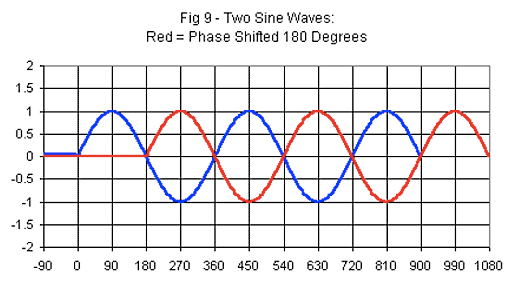- Messages
- 66
- Reaction score
- 20
- Points
- 18
Can someone help me to "Design an experiment to show interference of light waves using a laser beam"
for AS level PLZZZZZZZZZZZZZZZZZZZ!!!!!!!!!!!!!!!!!!!!!!!!!!!!!!!!!
for AS level PLZZZZZZZZZZZZZZZZZZZ!!!!!!!!!!!!!!!!!!!!!!!!!!!!!!!!!
